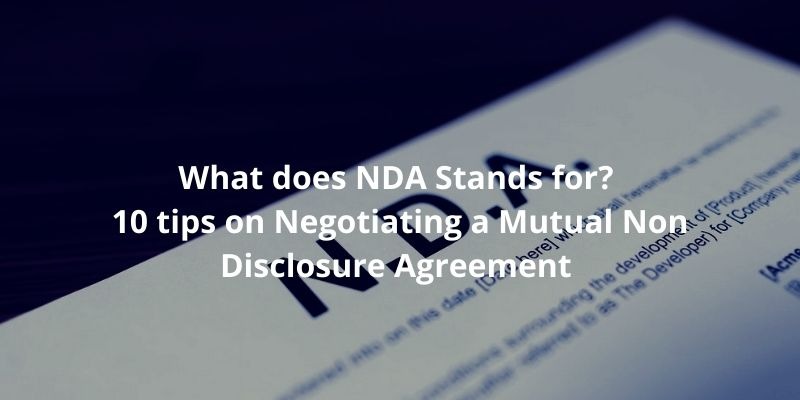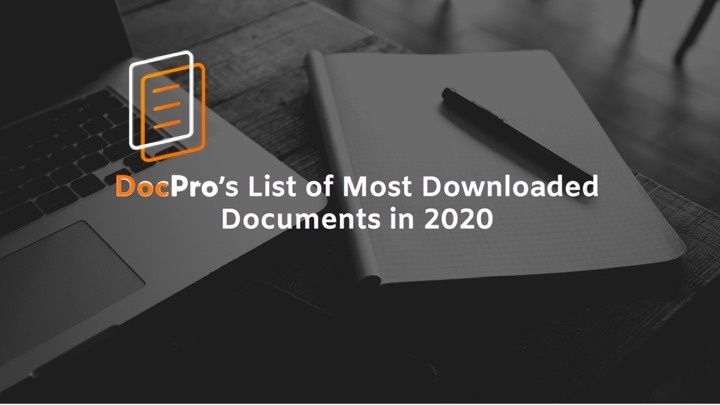Bonds / Debentures / Notes / Derivatives


Bonds and Notes are negotiable debt instruments generally issued by Companies or government authorities. It is a way to borrow money from investors without having to go to the banks. The issuer of the debt instrument writes an unconditional promise to pay an amount of money to the investors at a determined future date under specific terms. Bonds and Notes can be secured or unsecured.
Loan notes are a form of debt instrument issued by a company. It entitles the holder to payment of principal and interest according to the terms of the loan note instrument. Loan notes are essentially used as a form of deferred consideration and the holder becomes an unsecured creditor of the issuing company.
Debentures generally are unsecured to raise capital for specific projects and business expansion and are typically backed up only on the basis of the good name and credit history of the issuer. These debt securities carry either a floating or a fixed-interest coupon rate with a maturity date to repay the principal to the investors. For unsecured debentures issued to private investors, please use the Unsecured Loan Note and Conditions template.
Convertible Bonds are Bonds that can be converted into shares of the issuer at the discretion of the investors. This will allow the investor the participate in the upside of an issuer upon IPO or increase in the value of the issuer's shares. It is less risky than buying the stocks outright as investors can hold onto the bonds as a debt instrument should there be no listing or the share price went down. Bondholders also have priority over shareholders in the event of insolvency or liquidation. The value of the Convertible Bonds would be equivalent to that of a typical bond plus an option to purchase the stocks. As it is a hybrid between stocks and bonds, Convertible Bonds typically offer higher yields than stock but lower yields than typical bonds. Please refer to the Convertible Bonds Terms and Conditions for issuing to private investors.
Pre-emption rights are rights for the existing shareholders to buy the securities first on the basis of equal price and terms. There are no common law pre-emption rights. Shareholders may, however, be bound by pre-emption provisions in the articles of association or a shareholders' agreement over new shares: convertible bonds may be regarded as equity securities and are therefore subject to the statutory pre-emption rights to receive offers of new securities before they are allotted to third parties. This is an important point to check prior to the issue.
Derivatives and swaps are contracts between two on more parties whose value is based on an underlying asset (for derivatives) or cash flow (for swaps). They are generally used for the purpose of risk management in financial institutions. They are contracts for differences meaning that there will always be a winner and a loser in the contract. One party would benefit from the other party's loss in "I win you lose" or "I lose you win" situations, the parties cannot all be winners.
Derivatives are contracts involving two or more parties whose value is based on the price of the underlying securities or assets. The value of derivatives is usually derived from the performance of assets, indices, interest rates, commodities or currencies.
A swap is a special type of derivative whose value is based on the cash flow instead of the underlying securities or assets. Generally, one party's cash flow is fixed, while the other party's cash flow is somewhat variable. The parties agree to exchange future cash flows, such as interest rate payments.
The market standard derivatives documentation is the ISDA Master Agreement and its related Annexes, which are copyrighted and cannot be reproduced without permission. We have included the ancillary documents in relation to the ISDA Master Agreement, typically relating to default, calculation, and termination. For example, margin notice, notice of default, notice of early termination and statement of calculation.
Derivatives are first used to manage commodity prices and resolve exchange rate fluctuations for international trades, but the use of derivatives has expanded to include many different types of transactions. The following are some common types of derivatives:
The most basic swaps are ordinary interest rate swaps. The following are some common types of swaps:
Not the right document?
Don’t worry, we have thousands of documents for you to choose from:

10 Jun 2022
6 min read

2 Jun 2022
6 min read

27 May 2022
6 min read

20 May 2022
6 min read

9 May 2022
6 min read

3 May 2022
3 min read

25 Apr 2022
5 min read

31 Mar 2022
1 min read

29 Mar 2022
1 min read

20 Mar 2022
6 min read

12 Mar 2022
5 min read

21 Feb 2022
5 min read

31 Jan 2022
5 min read

13 Jan 2022
4 min read

3 Jan 2022
5 min read

7 Dec 2021
11 min read

14 Nov 2021
6 min read

1 Nov 2021
9 min read

21 Oct 2021
1 min read

17 Oct 2021
7 min read

7 Oct 2021
12 min read

16 Sep 2021
4 min read

14 Sep 2021
5 min read

10 Sep 2021
3 min read

31 Aug 2021
4 min read

23 Aug 2021
3 min read

16 Aug 2021
5 min read

30 Jul 2021
6 min read

23 Jul 2021
7 min read

13 Jul 2021
5 min read

2 Jul 2021
5 min read

24 Jun 2021
5 min read

15 Jun 2021
4 min read

4 Jun 2021
6 min read

28 May 2021
5 min read

21 May 2021
5 min read

14 May 2021
5 min read

7 May 2021
5 min read

30 Apr 2021
5 min read

23 Apr 2021
5 min read

16 Apr 2021
5 min read

9 Apr 2021
5 min read

1 Apr 2021
5 min read

26 Mar 2021
4 min read

19 Mar 2021
5 min read

12 Mar 2021
5 min read

5 Mar 2021
6 min read

26 Feb 2021
5 min read

19 Feb 2021
6 min read

11 Feb 2021
5 min read

29 Jan 2021
6 min read

29 Jan 2021
3 min read

22 Jan 2021
6 min read

15 Jan 2021
6 min read

8 Jan 2021
6 min read

31 Dec 2020
6 min read

24 Dec 2020
0 min read

24 Dec 2020
7 min read

18 Dec 2020
6 min read

11 Dec 2020
6 min read

4 Dec 2020
6 min read

27 Nov 2020
6 min read

27 Nov 2020
7 min read

22 Nov 2020
7 min read

13 Nov 2020
8 min read

12 Nov 2020
8 min read

7 Nov 2020
8 min read

5 Nov 2020
6 min read

30 Oct 2020
7 min read

29 Oct 2020
8 min read

23 Oct 2020
7 min read

19 Oct 2020
8 min read

16 Oct 2020
10 min read

7 Oct 2020
9 min read

28 Sep 2020
8 min read

18 Sep 2020
7 min read

9 Sep 2020
7 min read

3 Sep 2020
7 min read

27 Aug 2020
8 min read

27 Aug 2020
9 min read

19 Aug 2020
8 min read

17 Aug 2020
8 min read

11 Aug 2020
8 min read

11 Aug 2020
8 min read

10 Aug 2020
11 min read

10 Aug 2020
9 min read

7 Aug 2020
9 min read

4 Aug 2020
9 min read

3 Aug 2020
10 min read

23 Jul 2020
8 min read

23 Jul 2020
8 min read

12 Jul 2020
8 min read

5 Jul 2020
7 min read

25 Jun 2020
7 min read

12 Jun 2020
9 min read

11 Jun 2020
9 min read

9 Jun 2020
9 min read

8 Jun 2020
8 min read

4 Jun 2020
5 min read

4 Jun 2020
8 min read

2 Jun 2020
10 min read

28 May 2020
13 min read

25 May 2020
8 min read

1 May 2020
10 min read

1 Apr 2020
6 min read

1 Mar 2020
11 min read

1 Feb 2020
11 min read

8 Jan 2020
9 min read

1 Jan 2020
1 min read

10 Dec 2019
7 min read

26 Nov 2019
8 min read

5 Nov 2019
5 min read

24 Oct 2019
3 min read

1 Oct 2019
1 min read

1 Oct 2019
1 min read





